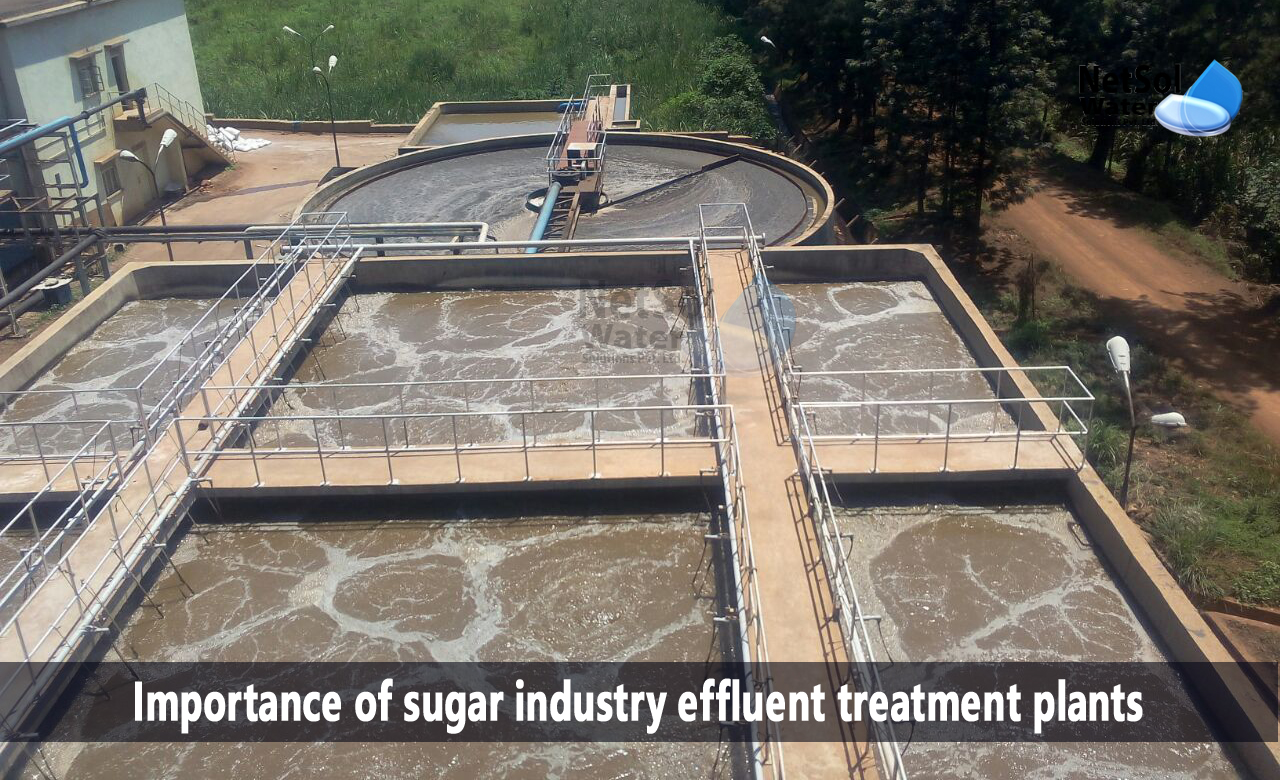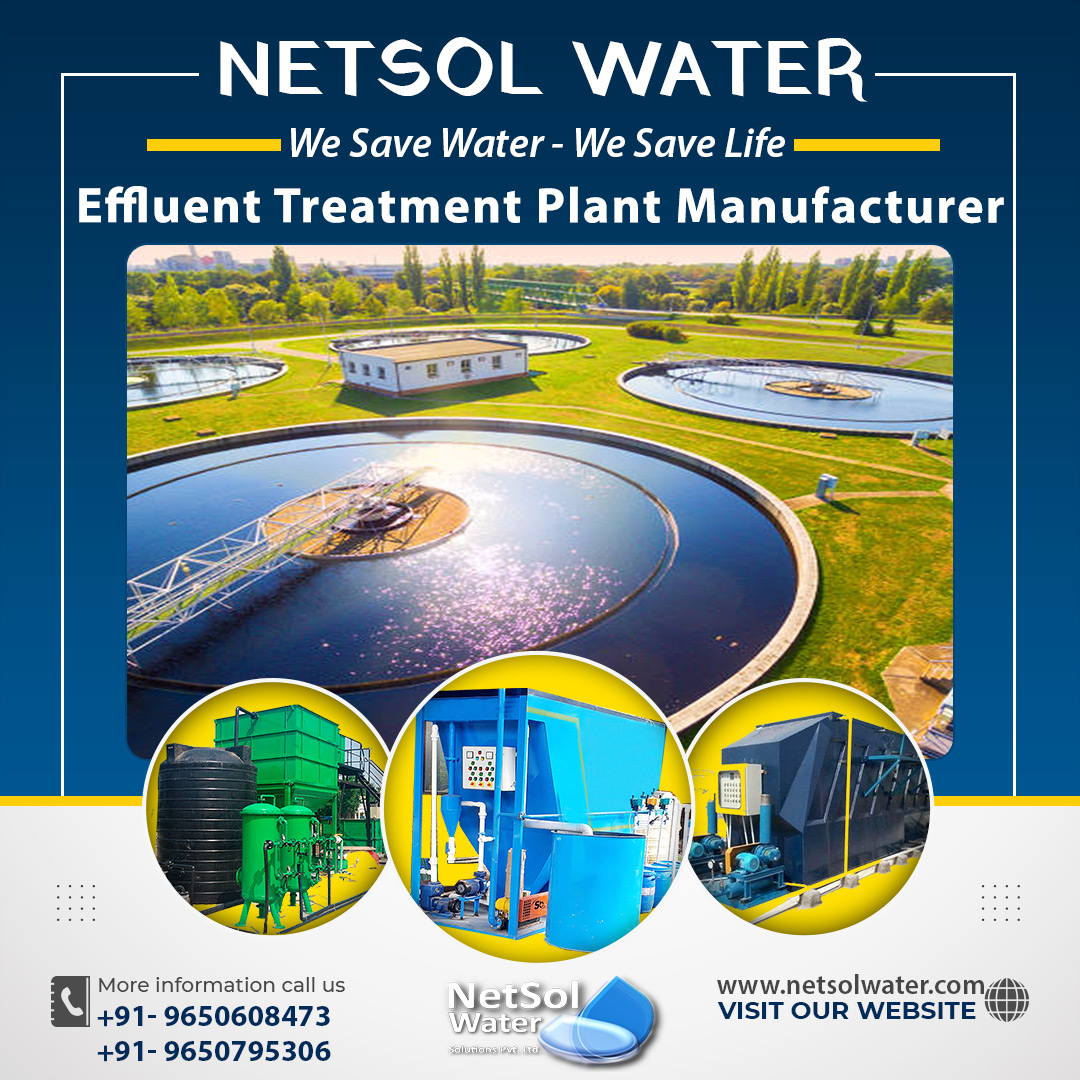The crushing of one ton of sugar cane in India produces roughly 1,000 gallons of effluent. Because, the effluent from the sugar industry would otherwise be discharged into the environment without being treated, there would be a significant loss of water and several pollution issues in both aquatic and terrestrial ecosystems.
The sugar industry is important to India's economic prosperity. However, the effluent produced by these companies is seriously contaminated. It is among India's most polluting industries.
Let’s understand the importance of sugar industry effluent treatment plants.
What are the Importance of sugar industry ETP Plants?
A mechanism used to treat the wastewater and effluent produced by sugar mills is known as effluent treatment plant, ETP for sugar industry. Its primary responsibility is to manage industrial liquid waste according to pollution control board regulations, for either reuse or safe release into the environment.
Sources of effluent in a Sugar industry
While processing sugar, waste of three different types is produced, including liquid waste, solid waste and waste gases.
The steps of milling, clarifying, evaporation, crystallization, and centrifugation are used to create sugar. Following are some of the sources that contribute to the production of effluent:
1. Mill House: Cleaning, washing, juice leaks, and mill-bearing water spills all contribute to the production of effluent.
2. Boiling House: Wastewater is created in boiling houses by chemical boiling, tube cleaning of the evaporator and pans, surplus condensate water, pump leaks, daily and periodic cleanings and washings, laboratory and home water usage, and other factors.
3. Blow-down: Wastewater is created when spray pond water is blown down.
4. Extra Condensate
5. Water for condenser cooling
6. Wastes from Soda and Acid
Sugar mills that cleanse their effluent with Netsol Water Solutions’ effluent treatment plants separate liquid waste from solid waste, and contribute to the effective treatment of wastewater from the sugar industry, which is ideal for removing a variety of impurities.
Effluent characteristics from the sugar industry
The effluent from the sugar industry is characterized by its brown color, low pH, high temperature, high BOD and COD, odour issue, total solids, and high percentage of dissolved organic and inorganic matter. Untreated wastewater can therefore endanger the ecosystem.
Treatment of wastewater in sugar factories
The process design makes advantage of physical-chemical, biological, and membrane processes.
· Screening
· By skimming, oil and grease are eliminated
· Equalization of effluent or homogenization
· Chemical dosing to maintain the effluent's pH at neutral
· Primary and secondary clarifiers for the separation of solid from liquid
· Chlorination method
· Gravity Separator
· Filter with activated carbon
· Dual media or multi-grade filter
· System for managing sludge ( i.e. Centrifuge or sludge drying beds)
· Anaerobic digestion via anaerobic decomposition
· Treatment using an aerobic lagoon, activated sludge, a bio-tower, or prolonged aeration tanks
What do we offer?
One of India's top producers of wastewater treatment systems for the sugar industry is Netsol Water. Contaminants are present in high concentrations of effluent from the production of sugar. In order to dispose of sugar mill effluent into water bodies safely and securely, or to reuse it in compliance with legal requirements, it must be treated.
Together with our customers, we develop a specialized water treatment solution that satisfies their individual needs, as well as an on-going service plan to fully maintain their system.




